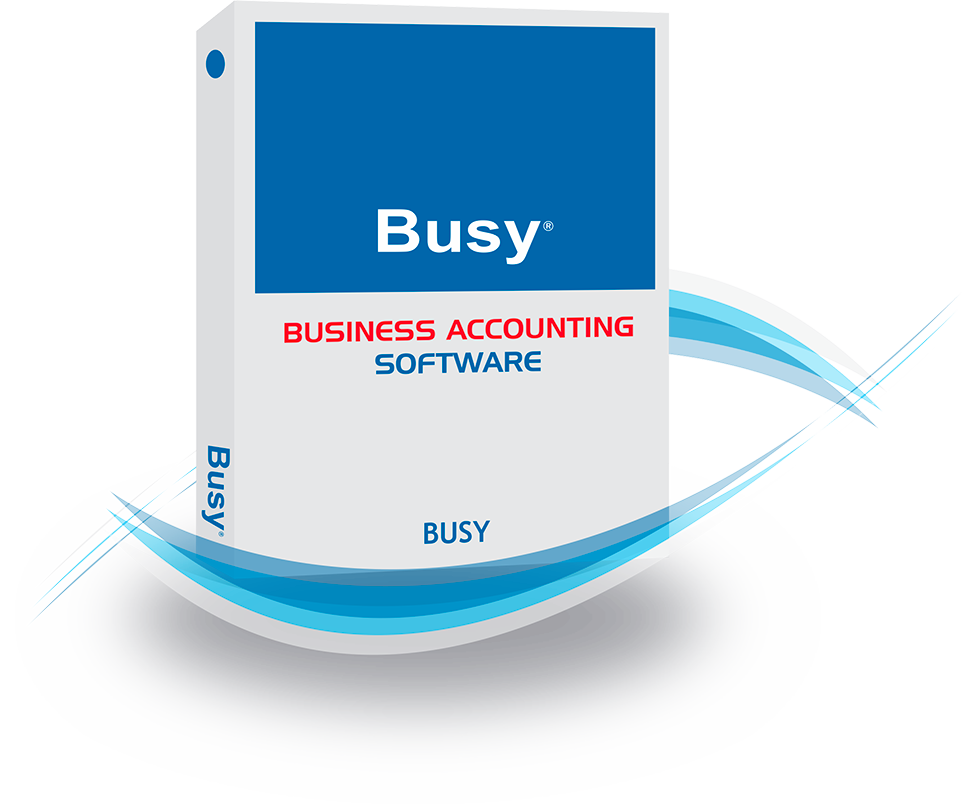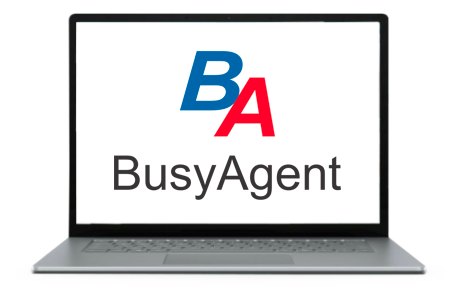Download Latest Version of Busy Software
You can easily download the latest versions of BUSY Accounting Software. The various products and functionalities available for download are Busy Desktop, Busy Mobile App, Busy Agent, Busy BNS, and Tally to Busy Data Transfer tool. Access GST Data Submission templates, sample data, and resources to help you start using Busy Accounting Software.

BUSY 21 Download
Release 11.1 (Latest Release) of Busy Accounting Software – India’s No.1 GST Accounting Software. Now download the latest version of Busy 21.
BUSY Online Client
Latest Release – Most Secure Online Accounting On Cloud. Download BUSY Online for small and medium businesses. Use Busy Online to manage your accounting on the cloud and access your data quickly from anywhere, at any time. With BUSY Online’s secure encryption protect your sensitive data from unauthorised access. You can easily access 28 regular auto-backups for all your essential data with 100% consistency and precision


BUSY Recom
Download BUSY Recom, for integration with the BUSY Desktop application. BUSY Recom is a cutting-edge solution for eCommerce businesses, specifically designed for easy eCommerce payment reconciliation processes across major platforms like Amazon, Flipkart, and Shopify.


BUSY Agent
Download the latest version of BUSY Agent, which automatically does scheduled background activities such as automatic data backup and cloudsync. It seamlessly runs in the background with no interruptions in your operations

GST Template
Download the exclusive GST Template suite for different types of filings like GSTR1, GSTR2, GSTR3b, GSTR4 and GSTRIT04. Streamline your tax reporting journey and simplify your GST compliance with ease
Bulk E-Way Bill Generation Tool
Looking to simplify your business operations? Use the Bulk E-Way Bill Generation Tool to create multiple bills easily. This will save you time and ensure full compliance for smooth business management.
Industry Sample Data Templates
Download sample data templates for retail, pharma, food, auto parts, and FMCG industries. These templates explain how BUSY can assist your business’s growth and are tailored to your specific segment needs. They provide sales insights, manage inventory, ensure compliance, track expiration dates, control costs, and improve customer service.
BUSY offers tailored solutions to boost efficiency and satisfaction, whether handling high-volume sales, monitoring perishable goods, or responding to customer inquiries. Explore how BUSY can drive your business growth.
Invoice Templates
Download the Invoice Templates and find the perfect template for your micro, small, or medium enterprise. Choose from a wide range of standard and advanced invoice templates designed for businesses of all sizes. Customise invoice templates and use QR codes with BUSY software to help your business grow and meet your needs
